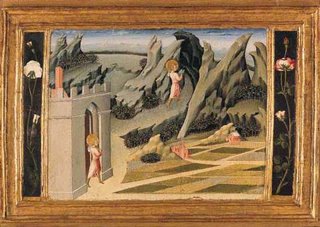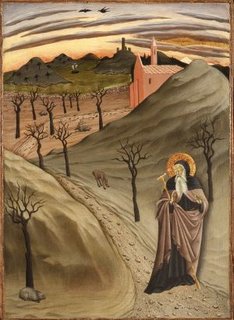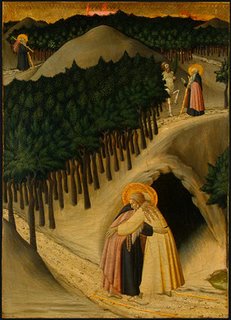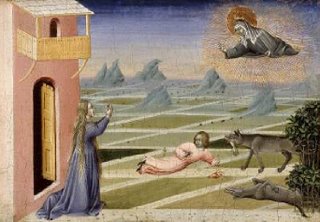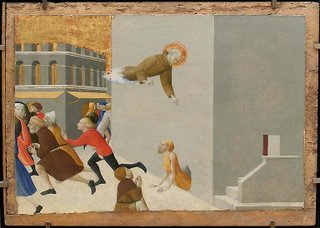The Victorians were obsessed with physiognomy. And now I'm obsessed with their obsession.
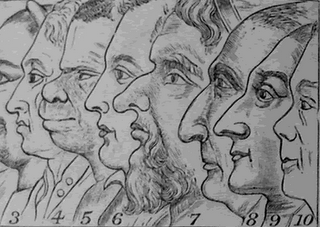
phys·i·og·no·my
Pronunciation: "fi-zE-'ä(g)-n&-mE"
Function: noun
1 : the art of discovering temperament and character from outward appearance
2 : the facial features held to show qualities of mind or character by their configuration or expression
Like other (fairly quack) scientific pursuits such as
phrenology, physiognomy reflects the Victorians' fondness for categorizing, organizing, and classifying - not just flora and fauna, geological strata, but people as well. Determining a person's character or temperament by the curve of their nose, or shape of their eyes, seems oblique and basically racist in today's day and age - but I'm starting to understand why there was such an appeal. Well I have a theory anyway.
In 1851, the census returns showed that for the first time in the history of England, the population in the cities outnumbered those in the rest of the country at large. In the swirling leviathon that was Victorian London - population was out of control. And the most shocking thing is that this massive shift of density happened in only a matter of decades. A society that had been basically rural and agrarian had become concentrated in one giant pile of soot, mud, and rubbish blanketed in fog.
Imagine living in a small city or village in the 1830's. When you walk down the street, you know the people you pass, or at least you recognize them, can place them - who they are, who their people are, their occupation, their connection to you on the small cultural map that is existence.
Now imagine Victorian London circa 1850. The streets packed, choked with people - people of all different classes, backgrounds, and occupation - winding their way through the hectic metropolis, suddenly shoved together into common quarters. Street vendors hawking, costermongers shouting, street sweepers doing cartwheels, horses pounding by, things being pushed upon you, about you and all over you. Imagine this, all covered with a sooty fog of black smoke so dense that you can barely determine the weather. Strangers are all around you, literally brushing up against you. Your cultural map is now populated with hundreds upon hundreds of vacant glances, shady leers, and suspicious intentions.
This is a drastic difference, and obviously a generalisation. But thrust into this new situation, the Victorians** tended to look at the surface of things to figure them out - quickly. "Placing" or "determining" a person was a decision that had to be made on the spot, and they truly believed that one could easily accomplish this simply by reading the quality of a person's facial characteristics.
The writings on the subject are utterly fascinating and a bit hilarious. Here's a great example from "The Physiognomist's Own Book: an introduction to physiognomy drawn from the writings of Lavater, 1841":
"CUNNING, DECEIT, AVARICE.
In such a face we may search in vain, for a single expression of frankness; for the slightly projecting chin, when accompanied with small penetrating eyes, denotes the absence of sincerity. There is no display of benevolence in the oblique mouth ; and avarice reveals itself in the close-locked lips. Combine all these features, and they result in a cunning, deceitful, avaricious, and not merely firm, but stubborn old fellow. Such a man moves quick, and speaks slowly and circumspectly; for suspicion is the mainspring of his character."
Of course illustrations accompany the descriptions - so you can find out if your gardener falls under the category of "Frankness, Intrepidity, Good Nature" or "Egotism, Suspicion, Treachery, Avarice, Corroding Care" based on his profile.
**I realize using the blanket term "Victorians" is hugely problematic, as basically only upper and middle class males had access to the ideas of physiognomy via books, journals, etc. But I do think that the idea of "reading a person's countenance" for personality traits had somehow filtered down to most of society...

